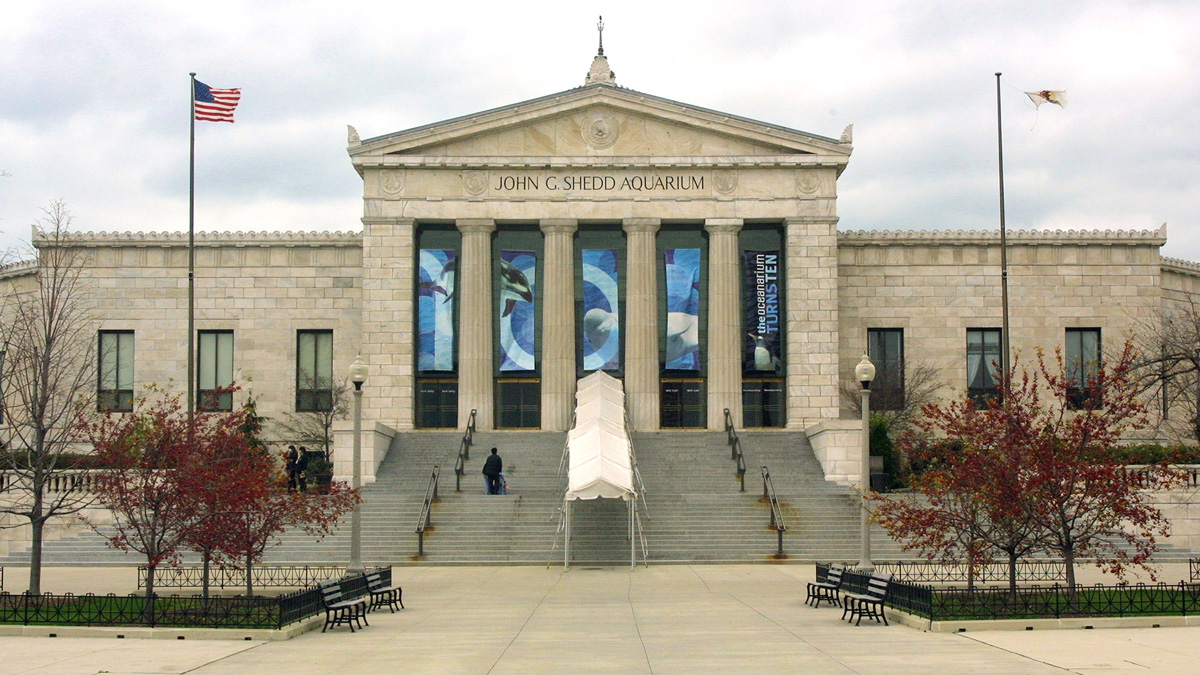Late last month, the Senate stunned the nation when it approved a measure to make daylight saving time permanent across the U.S. starting next year. The bipartisan legislation, named the Sunshine Protection Act, would ensure Americans would no longer have to change their clocks twice a year.
Proponents argue the change would have positive effects on public health and the economy and even cut energy consumption. But in order for the bill to become law, the House must approved and President Joe Biden would need to sign off.
However, the road to approval may not be as easy as some think.
House leaders on both sides of the aisle have made it clear they aren't in a rush to act on the legislation, according to a March 21 report from The Hill. Some have cited the Russian invasion of Ukraine, as well as the proposal's need for further review.
Feeling out of the loop? We'll catch you up on the Chicago news you need to know. Sign up for the weekly Chicago Catch-Up newsletter here.
Rep. Pramila Jayapal, D-Wash., told the news organization she has supported doing away with the semiannual time change in the past. However, this time, she has gotten mixed reactions from her constituents over the idea.
“I’ve been hearing a lot about this from my constituents recently because we’re in Seattle and it is so dark,” she told the Hill, “and so if we make daylight saving permanent, it’s gonna be dark until like nine o’clock in the morning.”
Local
In Illinois, at least one congressman is gauging what those in his district think of the proposal. Rep. Bill Foster, whose 11th District includes portions of Aurora, Naperville and Joliet, sent out an email to constituents this past weekend asking their opinion on permanent daylight saving time.
According to a poll conducted by Monmouth University, 35% of Americans favor keeping the current system. A YouGov poll found that 59% of Americans would like to see daylight saving time be made permanent, according to a story by FiveThirtyEight.
Nearly a dozen states across the U.S. have already standardized daylight saving time.
Daylight saving time is defined as a period between spring and fall when clocks in most parts of the country are set one hour ahead of standard time. Standard time begins in November for the majority of the U.S. and lasts through March.
The House Energy and Commerce Committee held a hearing last month about whether daylight saving time should become permanent, however it's unclear when the next meeting on the topic will take place.



